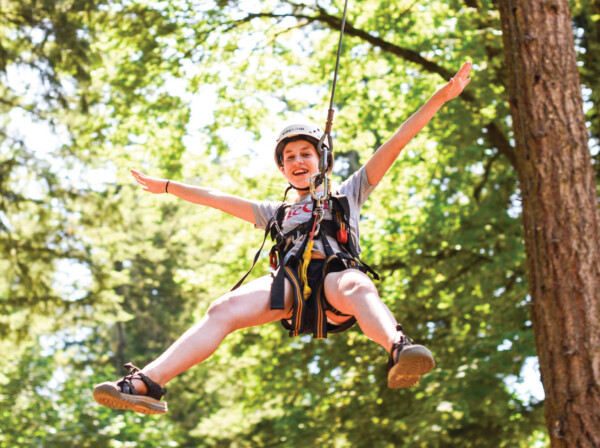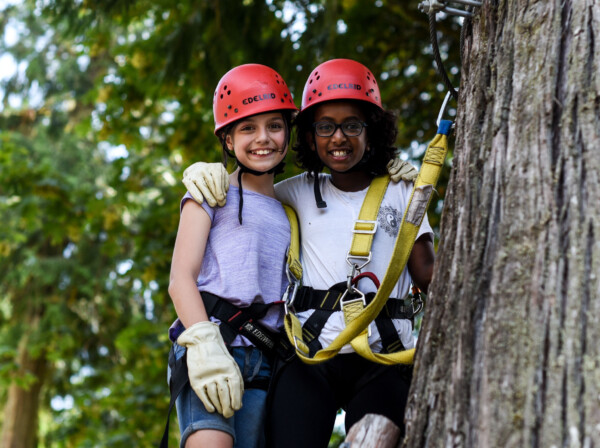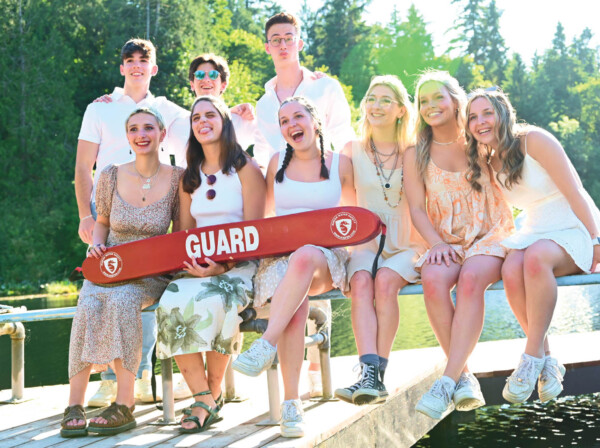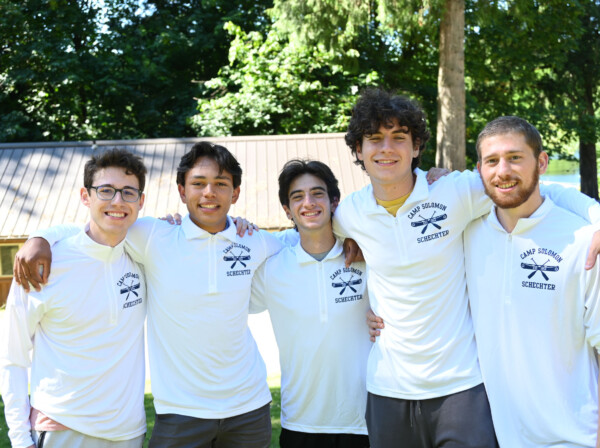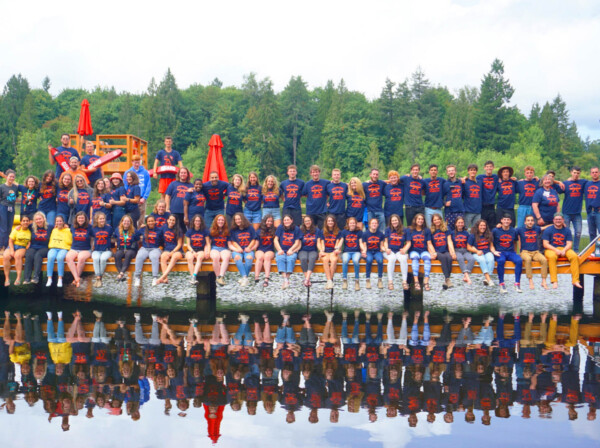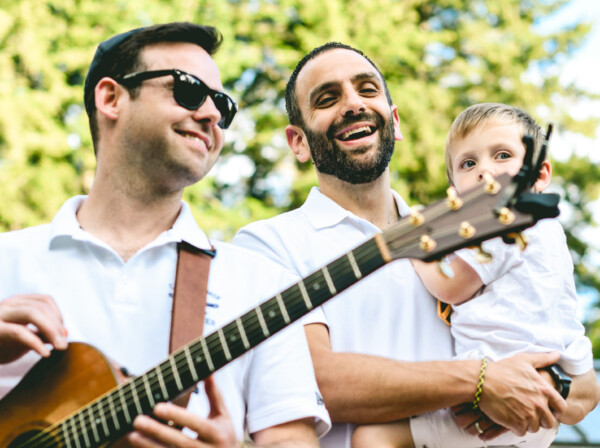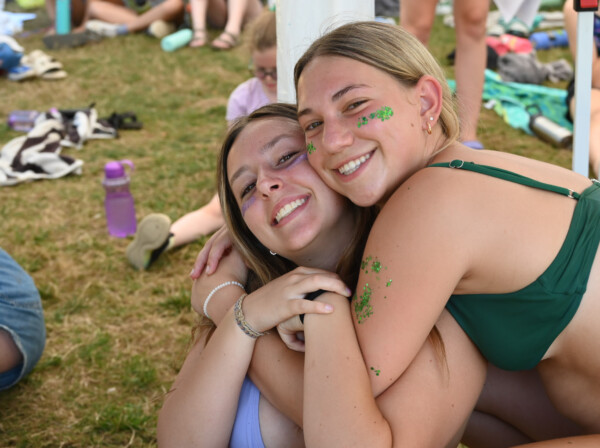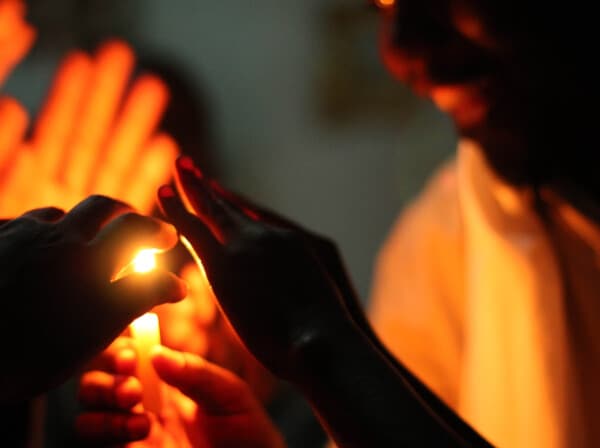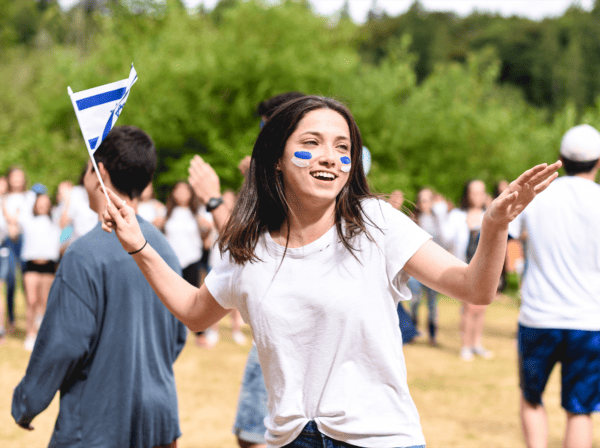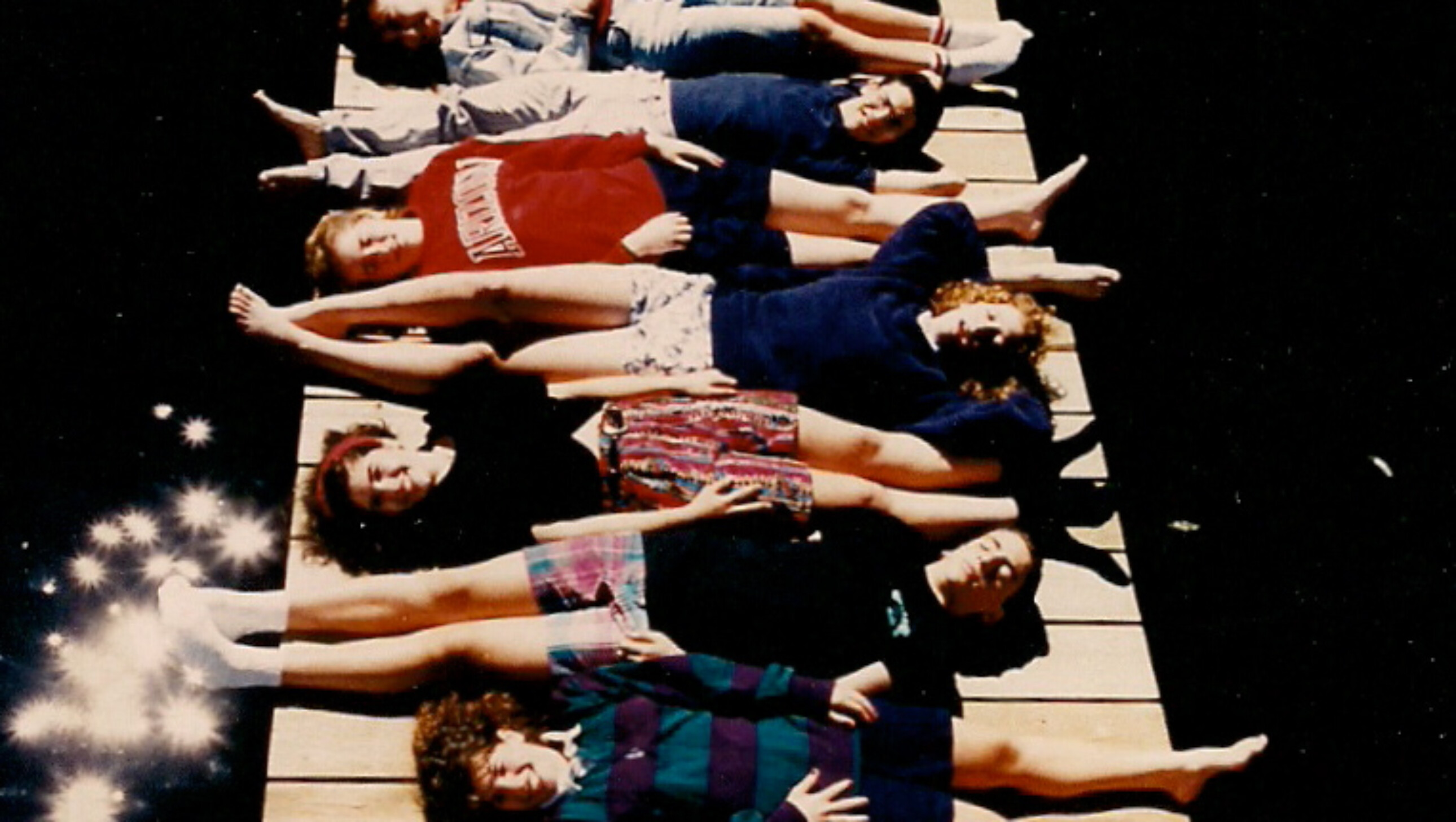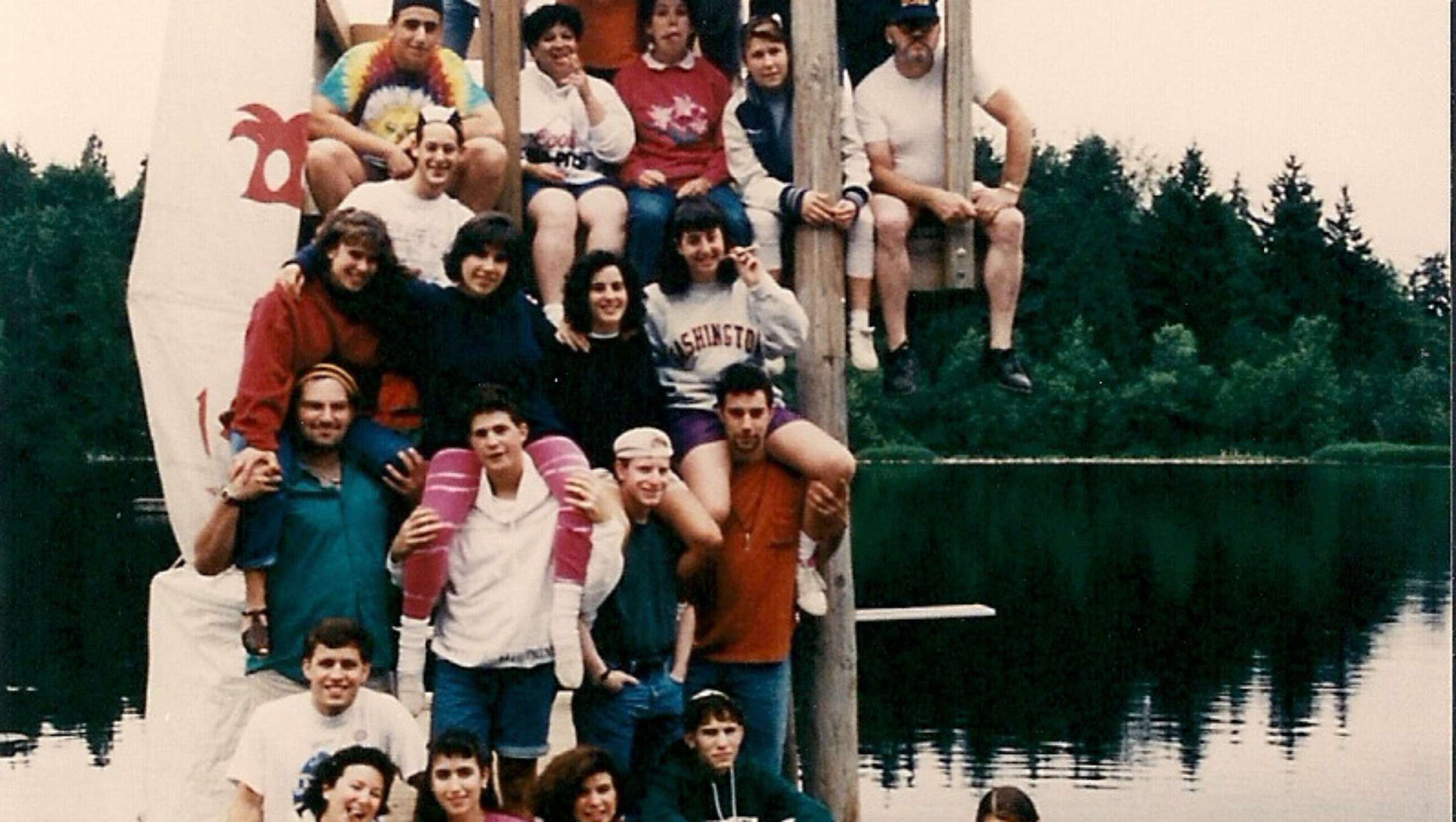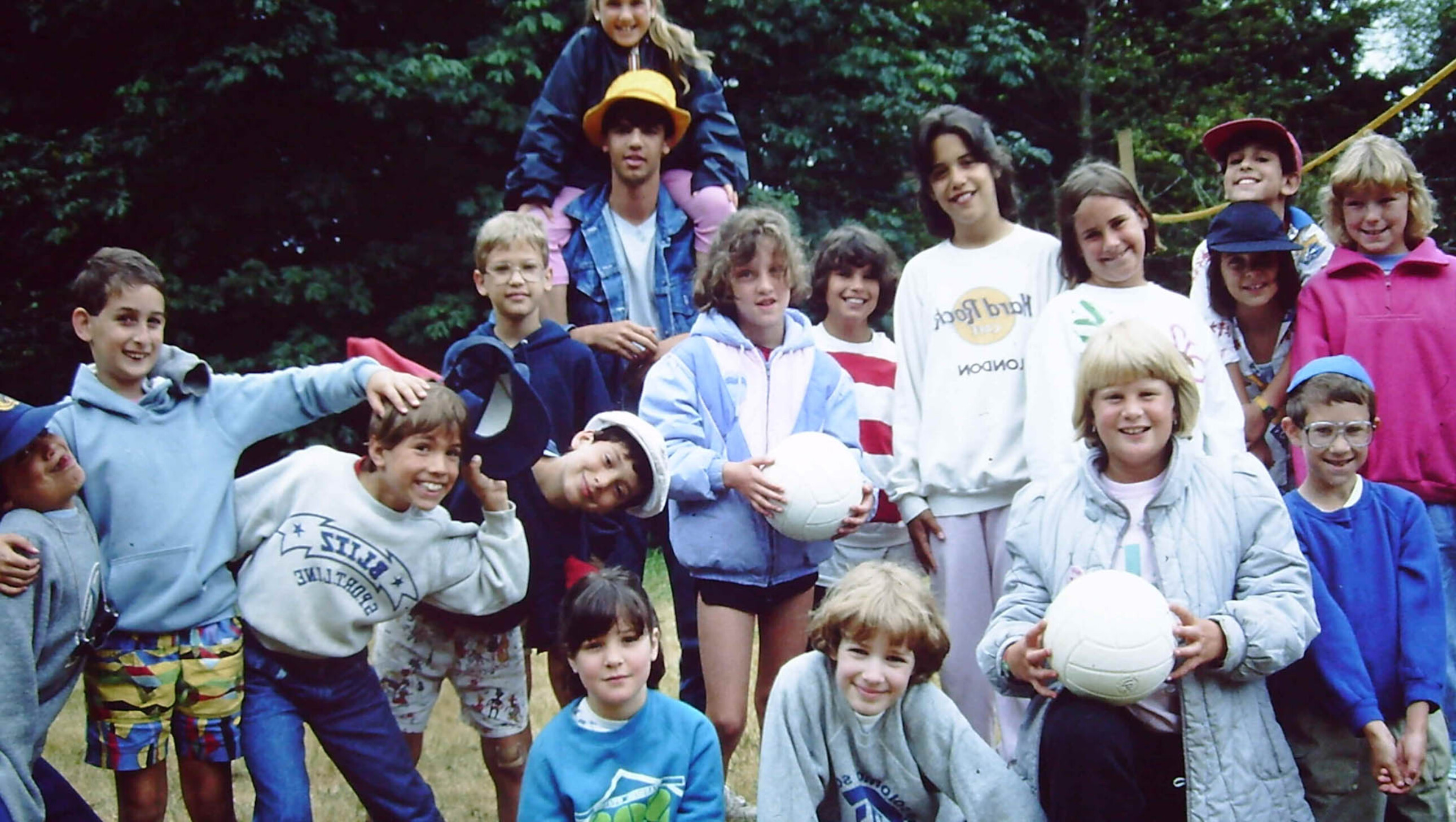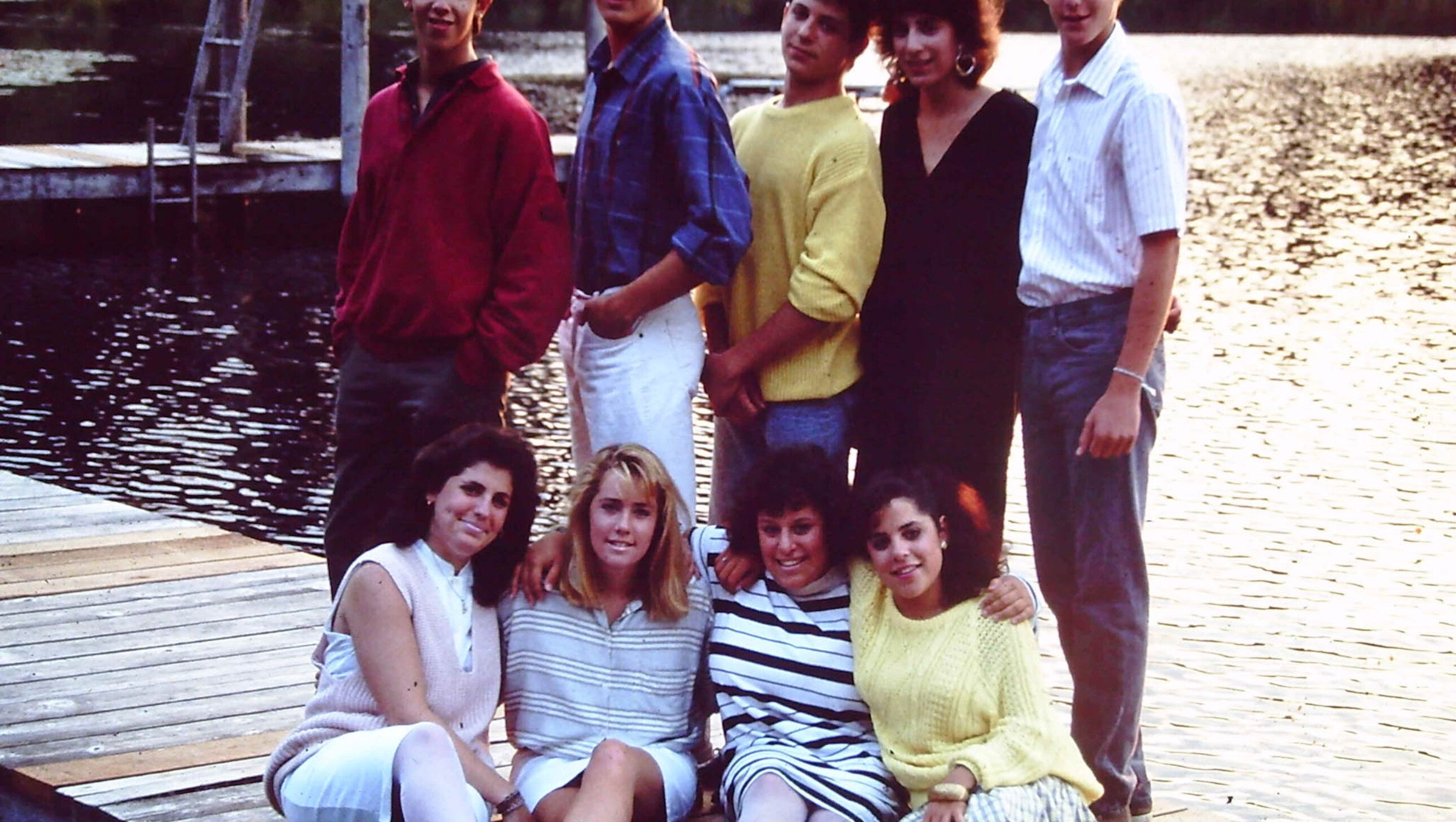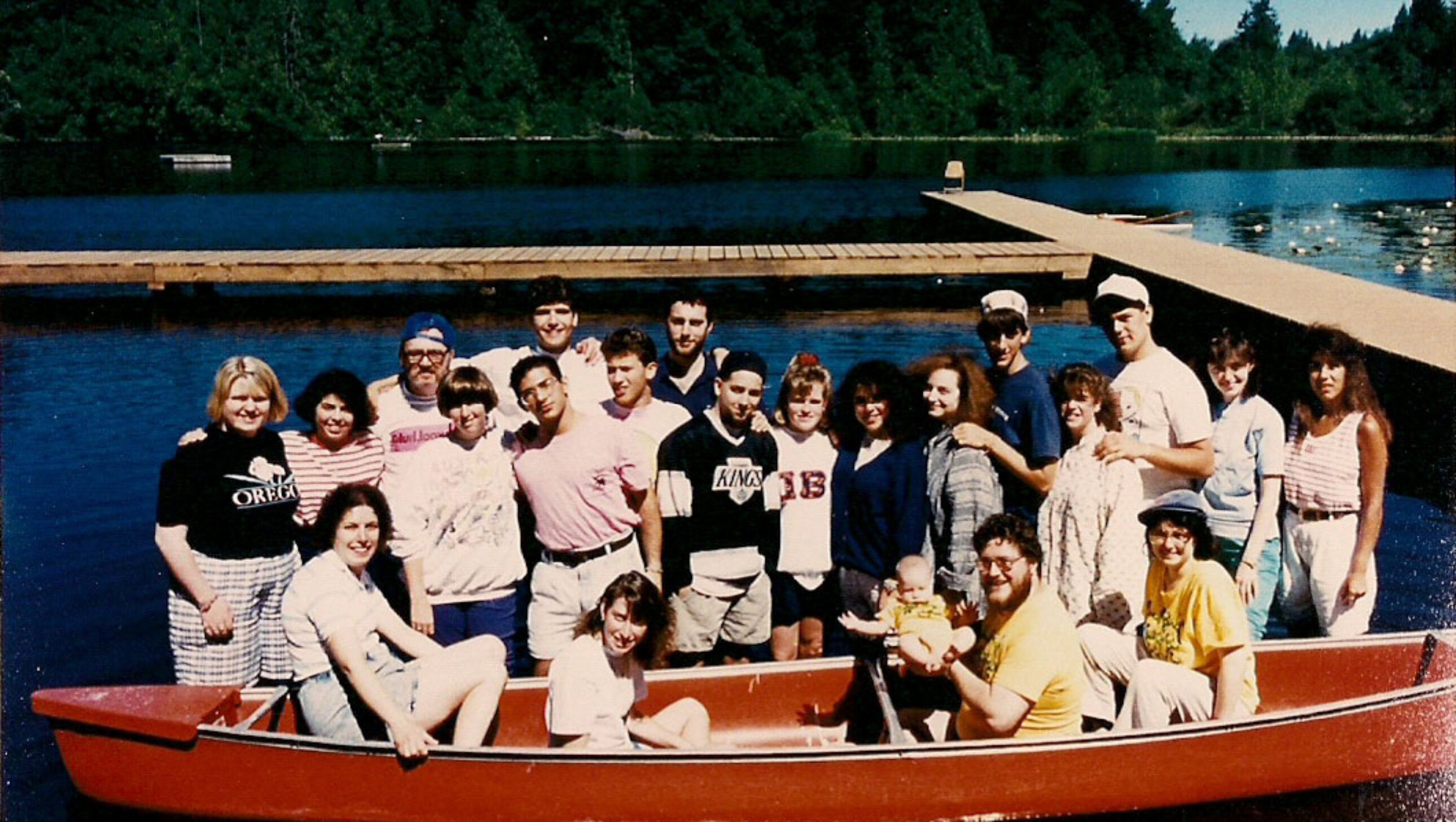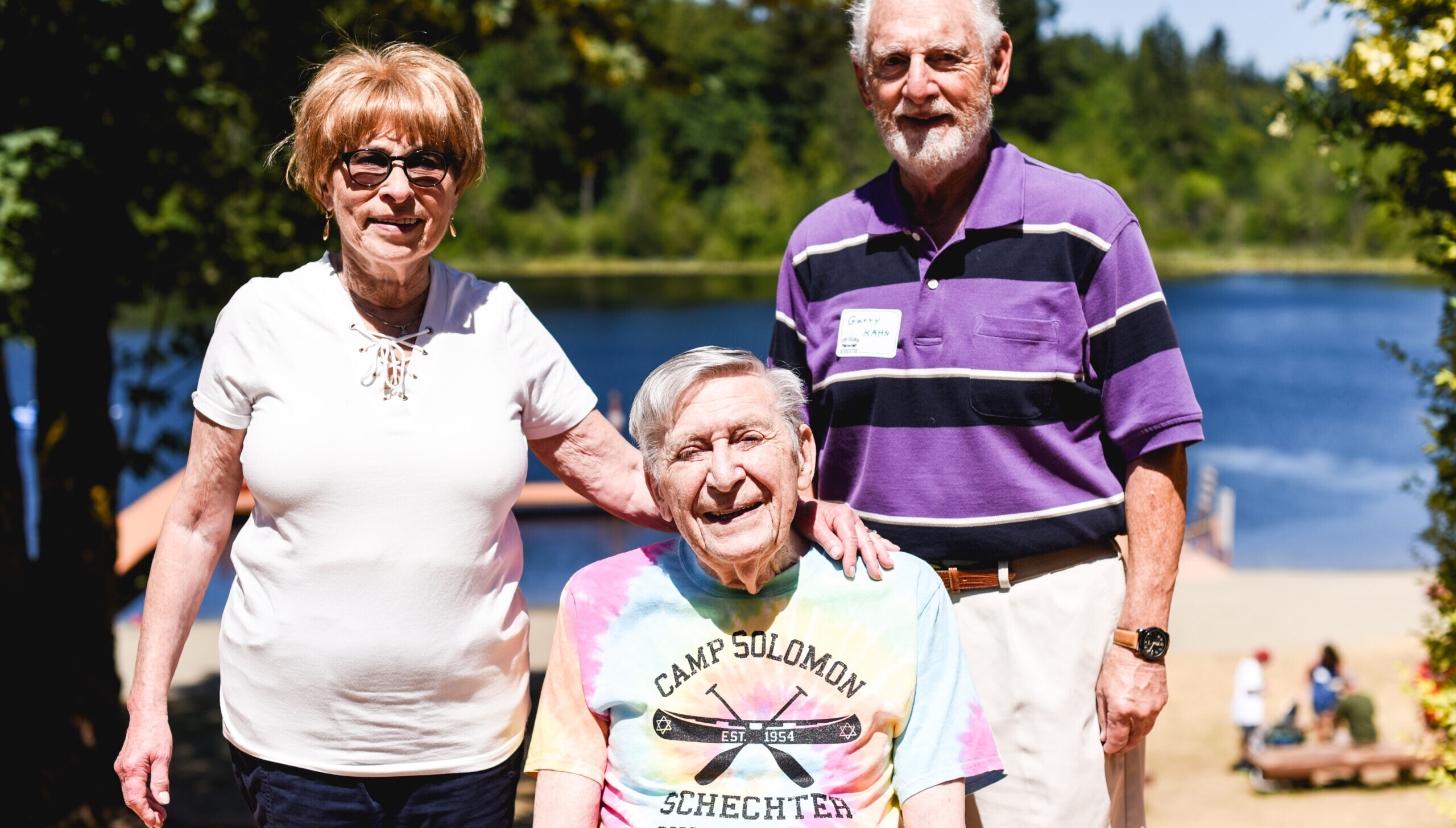Our History
In 1952, a young, vibrant Rabbi and his family, the Stampfers, moved from Nebraska to Portland, so he could become the rabbi of Congregation Ahavai Shalom. That next year Rabbi Joshua Stampfer looked for a Jewish summer camp for his eldest son, Shaul, who was now old enough for the adventure. To his dismay, the local Jewish camp was not kosher. Understanding the profound impact that Jewish summer camp has on the lives of Jewish children, Rabbi Stampfer recognized the need for a camp that would serve all Jewish families. He knew he needed to build a Conservative camp that was kosher and shomer Shabbat, so every child in the Pacific Northwest would have a summer home at camp. Remembering the influence of Shlomo Bardin‘s Brandeis Camp on his own life, he sought to create a place where Judaism and joy are one. He wanted to create a Jewish summer camp that would inspire, teach, and empower our campers and staff to be proud to be Jewish. He contacted his colleague at Herzl-Ner Tamid in Seattle, Rabbi Joseph Wagner, and they went to work. By the end of 1954, they had founded Camp Solomon Schechter. For the next 18 months they planned and prepared – locating a small motel next to Echo Lake to house the first group of campers. The first session was one week long with 25 high school campers. The following year, the camp was two weeks long with 40 campers.
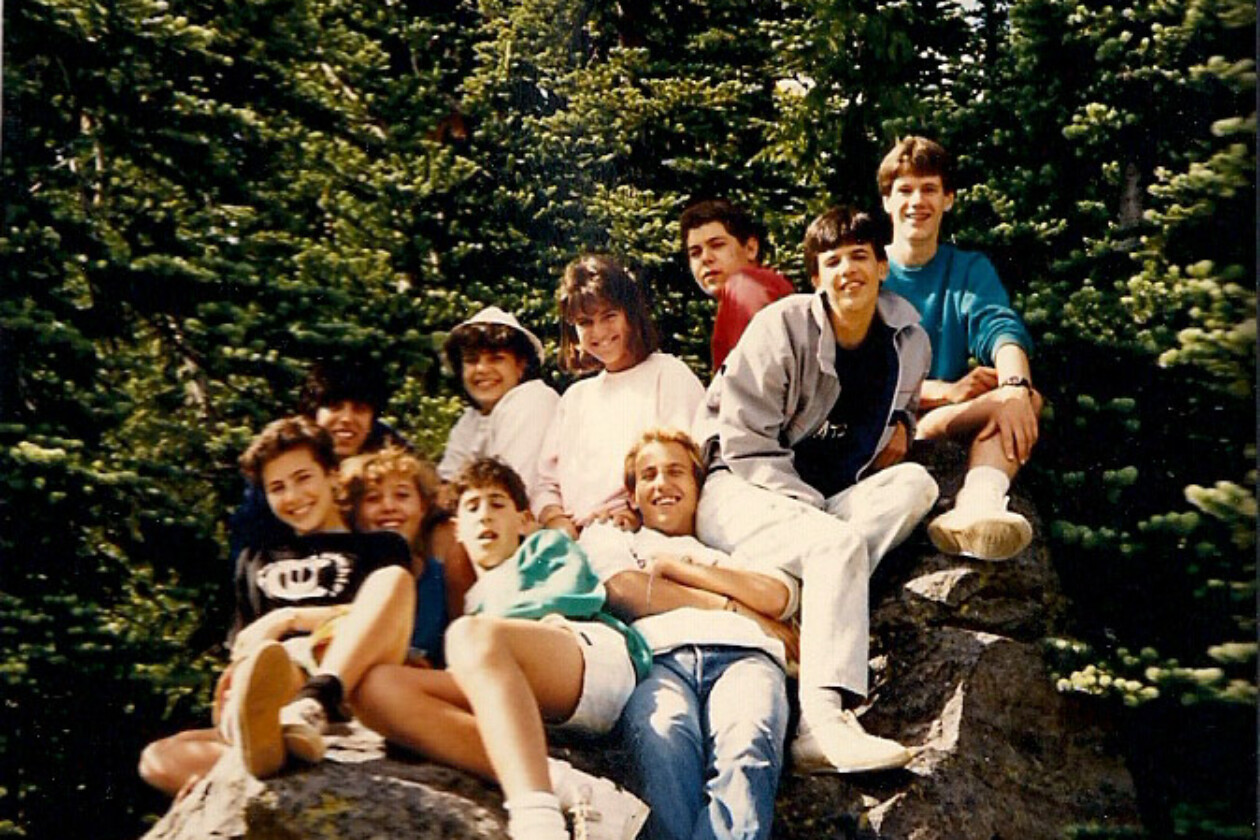
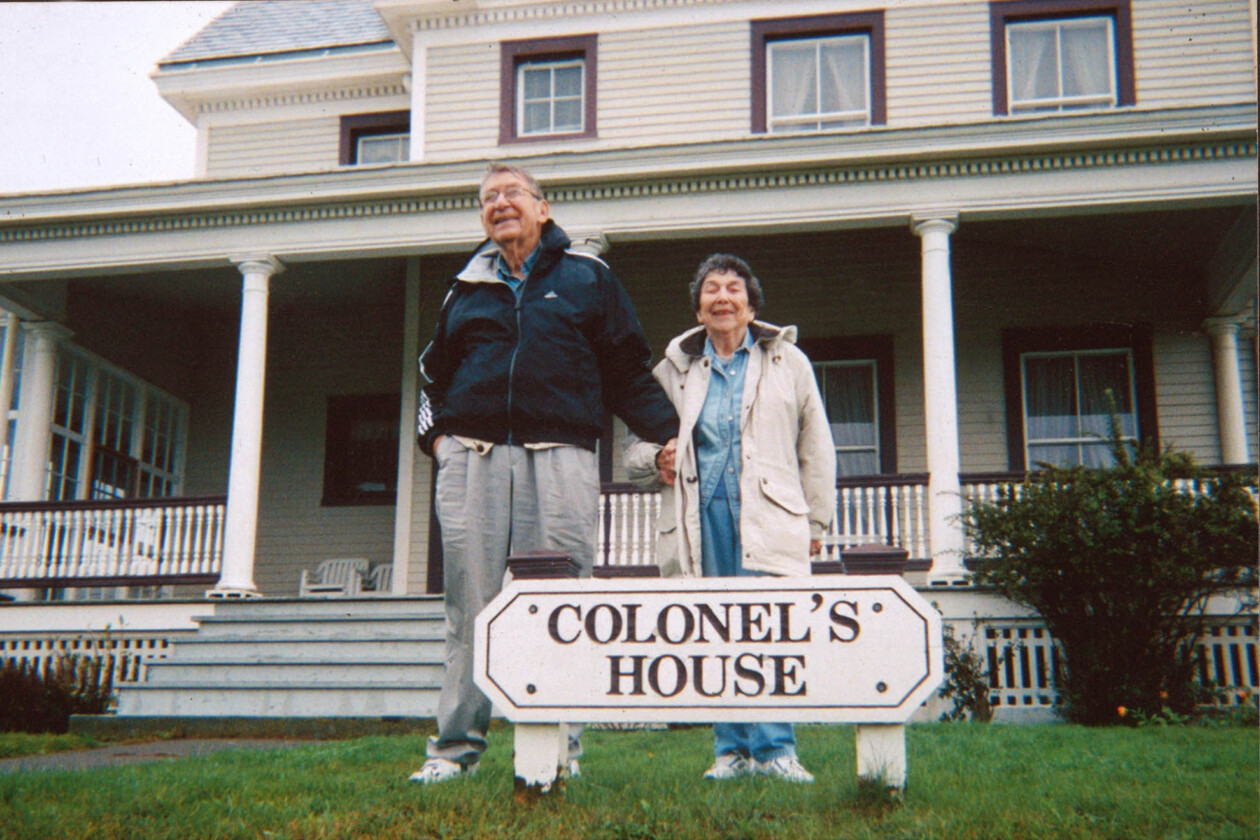
In summer 1959, Camp Solomon Schechter moved to Camp Casey on Whidbey Island, where the camp continued to grow and prosper. But, by 1968, Camp Casey was getting crowded with other groups in addition to our growing camp, making it harder and harder to form a safe and comfortable Jewish community for our campers. Rabbi Stampfer and Rabbi Wagner, along with Harry Sherman and Rabbi Zev Solomon from Vancouver BC, who became integral parts of the camp by this point, reached out to the community looking for a permanent home. Their call was answered by a friend of Schechter who lived in the Olympia area. He had seen an advertisement in a newspaper that a place called, “Trail’s End Camp,” was up for sale. Rabbi Stampfer immediately called the number and spoke with the owner, Helen Shank. And, for $300,000, the 200-acre property could be owned by Camp Solomon Schechter. Each of the Rabbis from the major cities (Portland, Seattle, and Vancouver) committed to raising $100,000 from their communities, and they were able to accomplish the goal in time for summer 1969.
Since the summer of 1969, Camp Solomon Schechter has called this former “Trail’s End Camp” its home. Some of the elements of its predecessor are still present like the wagon wheel lights in the Chadar Ochel! We have also made many improvements and changes over the years – going from eight to 24 cabins and constructing the Beit Knesset, Beit Am/Hotel multipurpose building, Health Center, maintenance shop, staff lounge/sports shed, yurt village, Amy Mackoff Pavilion, and Lehrer Family Amphitheater. We have also added a lot of fun, challenging, and educational items like the challenge course, aqua park, zip tour, climbing tower, organic garden, tennis courts, basketball courts, gaga pits, fitness grove, and gaming grove, to name a few. Our biggest endeavor came to fruition in 2018 when we rebuilt the Chadar Ochel (dining hall) along with replacing all the infrastructure on property, including extending the city sewer system to camp.
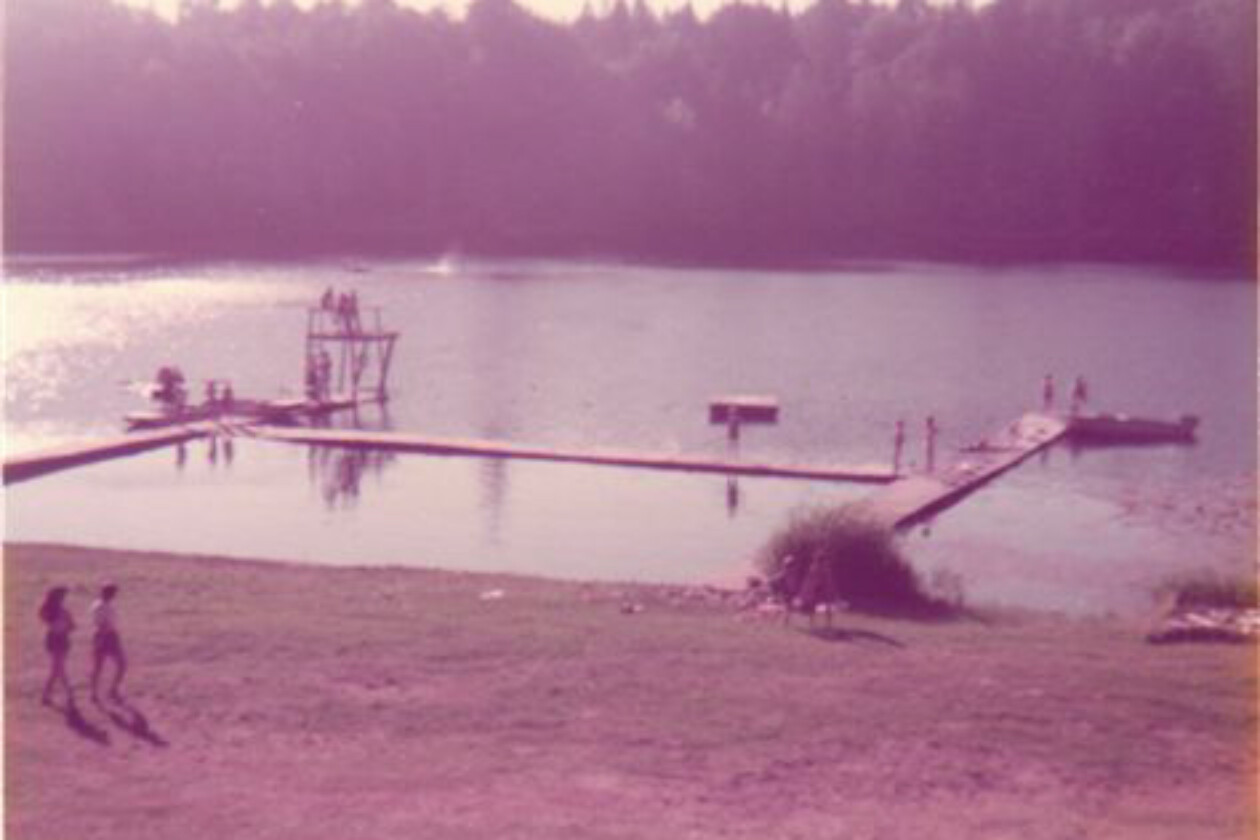
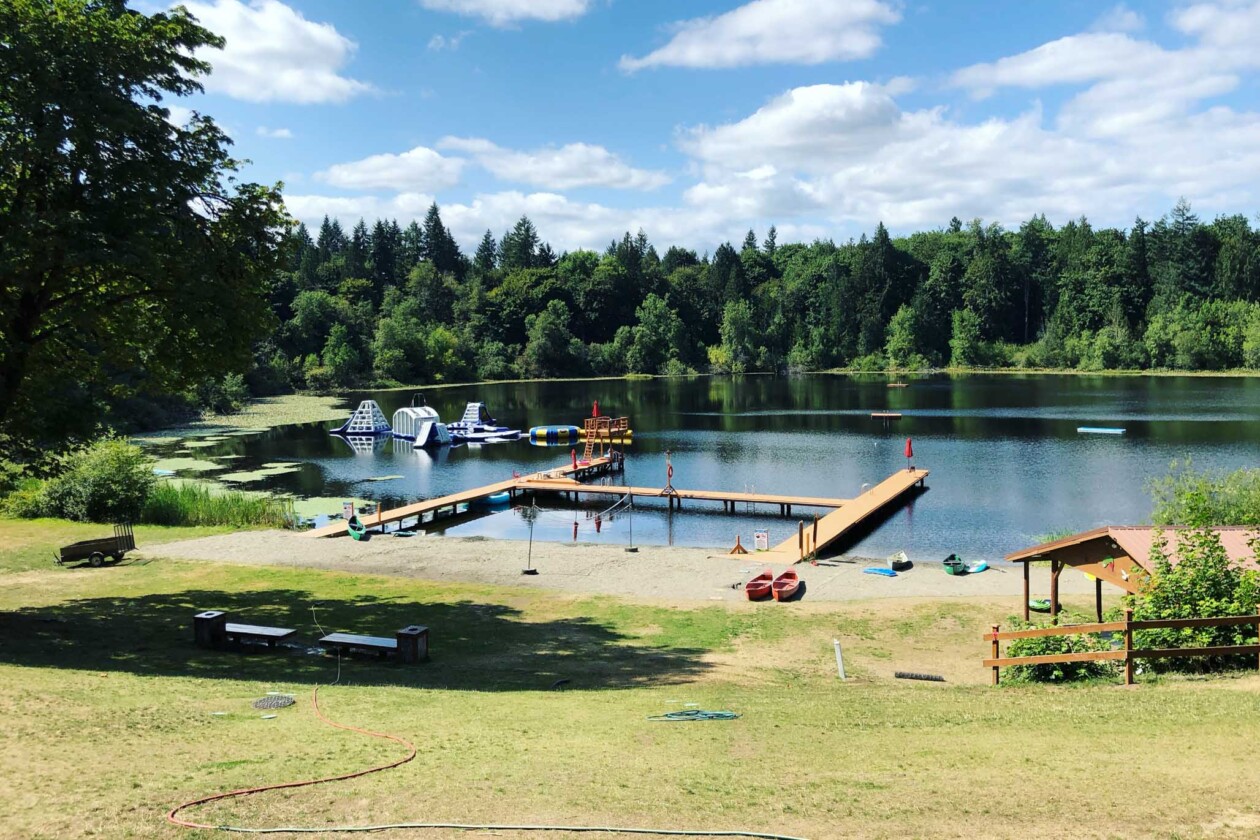
Camp Solomon Schechter continues to grow and improve from our humble beginnings as the heart-work of Rabbi Joshua Stampfer to hosting 600 campers and over 100 staff annually, not to mention the organization expanding into other areas – the Stampfer Retreat Center and OSPREY Camp (outdoor education program). We look forward to adding more milestones to our timeline now that we are approaching our 70th anniversary! Todah Rabah!
Contact Us
If you would like to read more about Camp Solomon Schechter’s history, contact us to receive a copy of “Camp Solomon Schechter, The First 50 Years: Where Judaism and Joy are One.”
